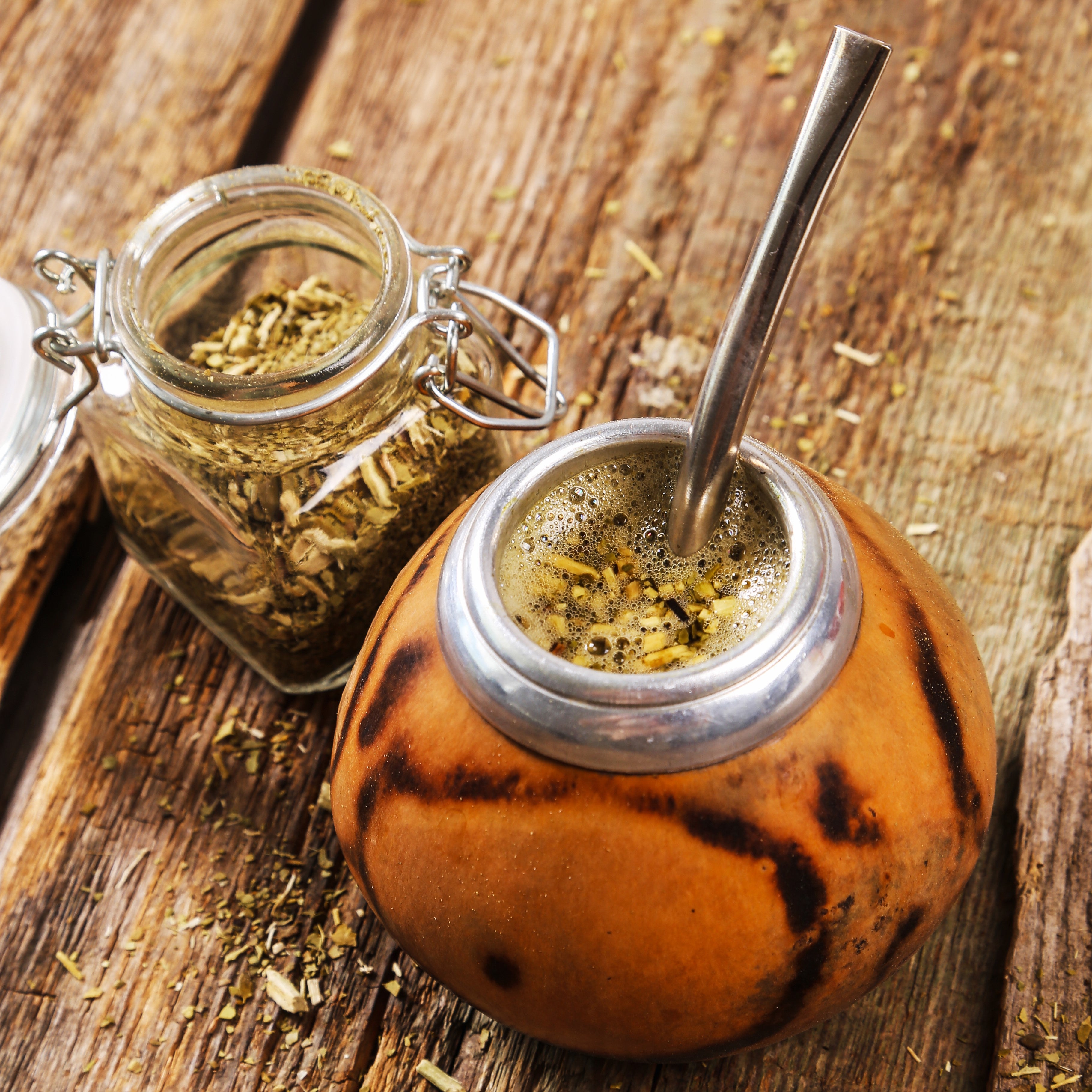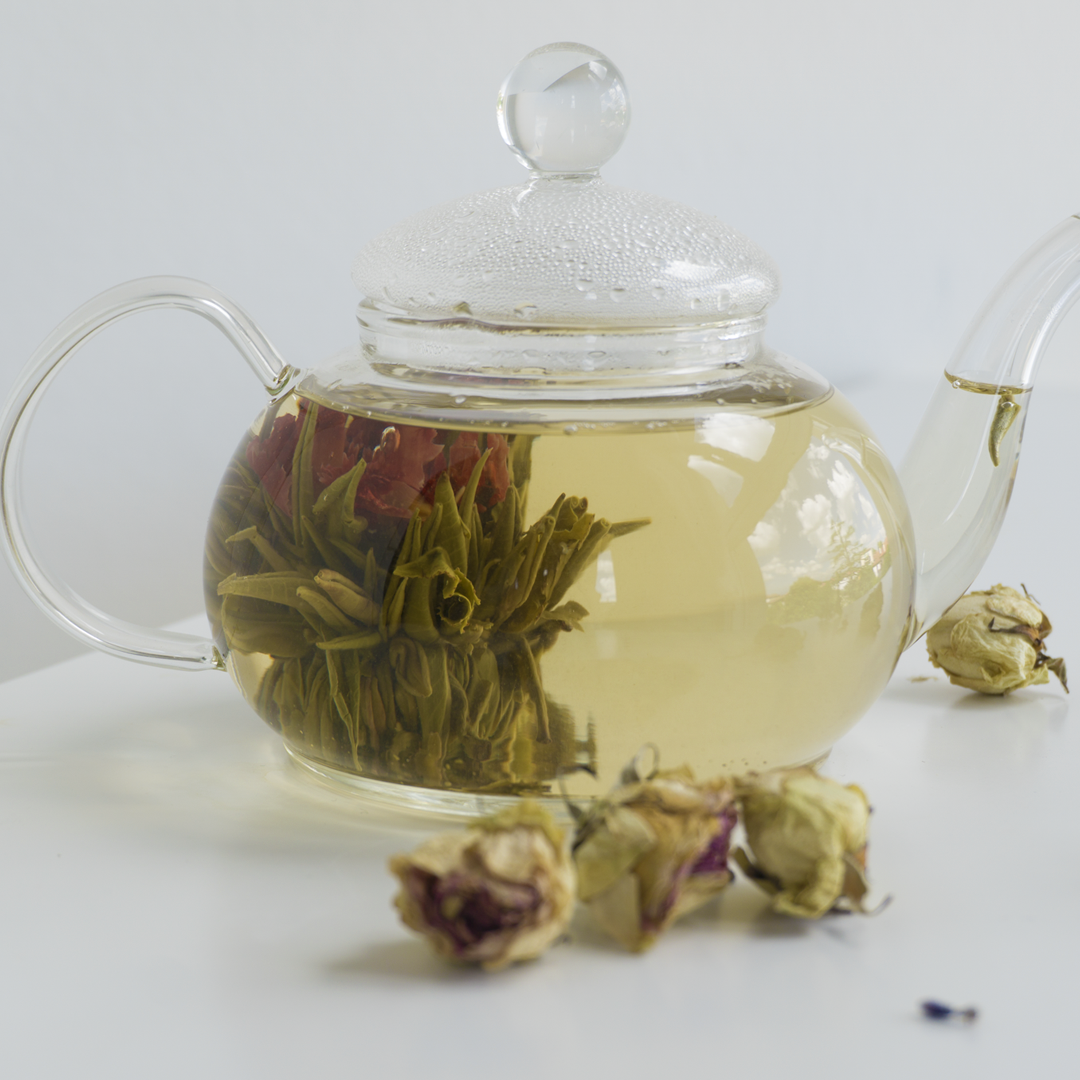
Brewing Tea from Leaves: A Step-by-Step Guide
Preparing a deliciously fragrant cup of tea is an ancient and fascinating art. From the moment the leaves are immersed in the cup to the first sip that envelops the senses, the process of tea extraction offers a unique sensory experience. In this article, we will guide you step-by-step through the wonderful world of brewing tea from leaves. We will uncover the secrets to preparing the perfect tea, revealing techniques and tricks to achieve an unforgettable beverage.
The Selection of Tea Leaves
The first crucial step in the tea brewing process is the careful selection of tea leaves. With such a wide range of available varieties, there is an abundance of flavours and aromas to explore. Each type of tea whether it's green, black, oolong, or white presents a unique flavour profile and distinct characteristics.
If you crave a tea with a herbaceous taste and high antioxidant content, then green tea is the perfect choice for you. Its fresh and vibrant flavours make it a great option to revitalize your senses.
On the other hand, if you prefer a more robust and intensely aromatic beverage, black tea is the ideal option. It offers a bold and full-bodied experience that can wake up even the sleepiest mornings.
For those seeking a balance between the green and black tea experience, oolong tea is a remarkable choice. With its pleasant complexity of taste, it delivers a unique and memorable tea-drinking experience.
Meanwhile, white tea distinguishes itself with its delicacy and lightness. The subtle and gentle flavours make it a soothing choice for moments of relaxation and tranquillity.
To achieve an extraordinary cup of tea, always opt for high-quality loose tea leaves. This allows for greater freedom in adjusting the taste and concentration to your preference. Embrace experimentation and try different tea varieties to discover your personal favourites.

The Infusion Process
Once the tea leaves have been selected, it's time to begin the infusion process, which plays a crucial role in determining the flavour and complexity of the tea. The water temperature and infusion time vary depending on the type of tea chosen.
For green tea, it is advisable to use lower temperature water, usually around 70-85°C. The infusion should last for 2 to 3 minutes to achieve a light and delicate tea. For example, Japanese Matcha green tea, known for its vibrant colour and herbaceous flavour, requires water at around 70-75°C and an infusion time of 2 minutes, while Gyokuro, another prized green tea, requires water at 60-65°C and an infusion time of 2-3 minutes.
For black tea, on the other hand, the water should be hotter, around 85-95°C, and the infusion should last from 3 to 5 minutes to obtain a more robust and aromatic tea. For instance, Darjeeling black tea, with its floral and light aroma, requires water at 85-90°C and an infusion time of 3-4 minutes, while Assam black tea, with its rich and intense taste, requires water at 90-95°C and an infusion time of 4-5 minutes.
Oolong tea falls in between green and black tea, so the water temperature should be around 80-90°C, and the infusion time should be from 3 to 4 minutes to achieve a tea with an intermediate flavour profile. For example, Tie Guan Yin, a Chinese oolong with a floral and slightly toasted taste, requires water at 85-90°C and an infusion time of 3-4 minutes.
White tea, characterized by its delicacy, requires slightly hotter water, around 80-85°C, and an infusion time of 2-3 minutes to extract all its delicate flavours and aromas. In addition to water temperature and infusion time, it is essential to serve the tea immediately after infusion to fully appreciate its flavour and freshness.






